We've noticed that off-the-shelf LEDs exhibit some change in the shape (and sometimes peak) of their spectrum as the amount of current flowing through them changes.
For example, a UV LED we tested showed the following change in the shape of it's spectrum when we changed from 0.2 mA (black line) to 2 mA (orange and green line).

According to some information I've found, the magnitude of this effect may relate to the quality of the semiconductor crystal used during manufacturing.
I'm wondering if anyone knows of a supplier that produces extremely high quality LEDs that may exhibit more stable spectra. Or, perhaps there is another solution someone is aware of to improve the spectral stability of LEDs vs. current.

 The critical difference between conventional LED and laser LEDs is the resonant properties which shape the spectral purity and emission beamwidth.
The critical difference between conventional LED and laser LEDs is the resonant properties which shape the spectral purity and emission beamwidth.